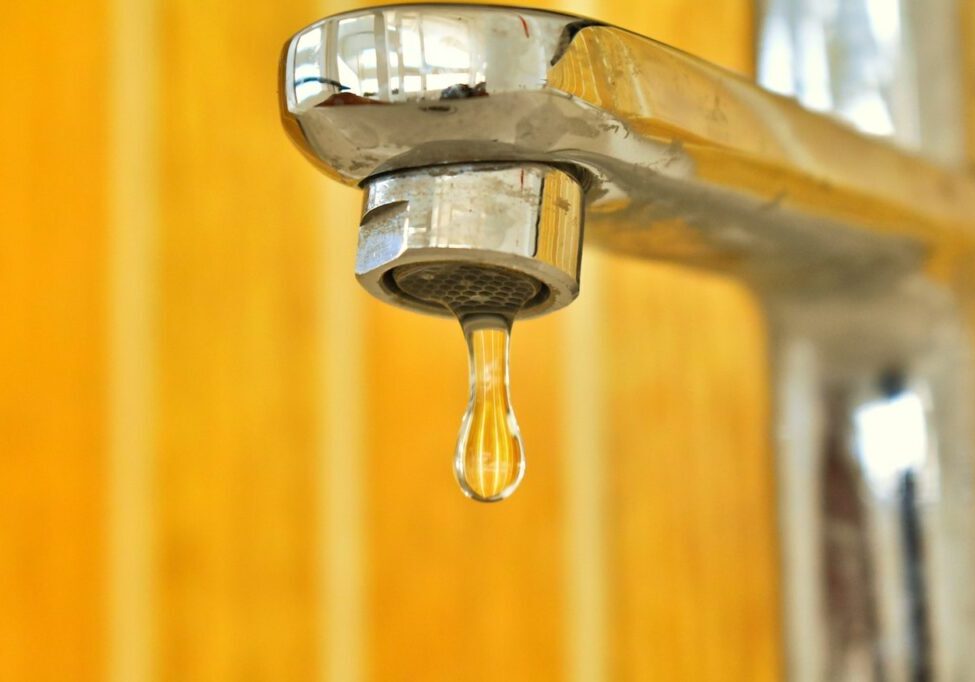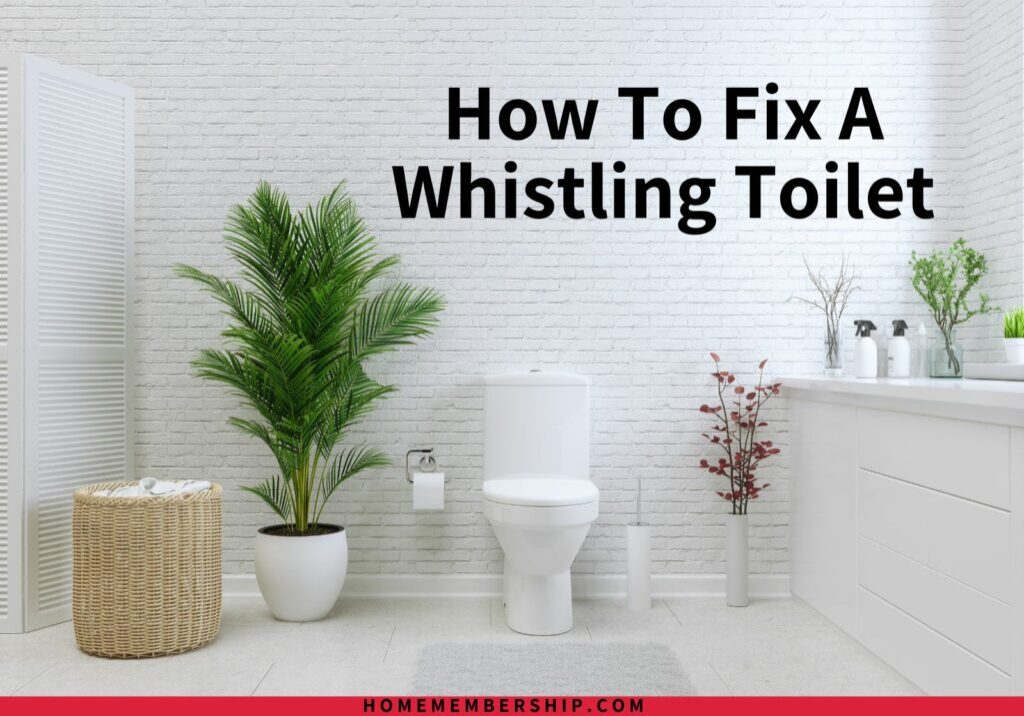A Guide to the 5 Most Common Plumbing Problems and Solutions

Plumbing problems are a common occurrence in most households. Some of these are minor and can be fixed with a simple DIY, while others require the services of a professional plumber.
If not addressed promptly, plumbing problems can be frustrating and cause much damage. This article will help you discover the five most common plumbing issues and their solutions.
1. Leaky Faucets
A leaky faucet is one of the most common plumbing problems, which can be caused by worn-out washers, O-rings, or valve seats. Fixing a leaky faucet is a relatively simple DIY task that can be done with a few basic tools.
Solution:
The first step in fixing a leaky faucet is to turn off the water supply to the faucet. This can be done by turning off the shut-off valve under the sink. Next, remove the handle of the faucet using a screwdriver.
Once the handle is removed, use pliers to remove the packing nut. This will expose the stem of the faucet. Remove the stem and examine the O-ring and washer at the base of the stem. If they are worn out, replace them with new ones. Reassemble the faucet and turn on the water supply. The leak should be fixed.
2. Clogged Drains
Dealing with a clogged drain is never a pleasant experience. It can be frustrating, messy, and time-consuming. However, it is a common plumbing problem that can happen to anyone.
Various factors, including hair, soap scum, food particles, and grease can cause a clogged drain. Fortunately, there are several ways to fix a clogged drain.
Solution:
One of the simplest methods is to use a plunger. Place the plunger over the drain and push down gently. Then, pull up and repeat until the drain is clear. Another method is to use a drain snake. Insert the snake into the drain and rotate it. This will help to dislodge any clogs and allow water to flow freely.
3. Running Toilets
A running toilet occurs when water continues to flow into the toilet bowl even after the flush is complete. There are several reasons why a toilet may run, but the most common causes are a defective flapper, a faulty fill valve, or a loose or damaged chain.
Solution:
Start by turning off the water supply to the toilet. Next, remove the lid from the toilet tank and examine the flapper. If it is worn or damaged, replace it with a new one. If the flapper is not the problem, check the fill valve. Make sure it is functioning properly. If it is not, you may need to replace it.
Finally, check the chain that connects the flapper to the flush handle. Make sure it is not too loose or too tight. Adjust it as needed. Once you have made these adjustments, turn the water supply back on and check to see if the toilet is still running.
4. Low Water Pressure
Low water pressure can be caused by various factors, including clogged pipes, a faulty pressure regulator, or a malfunctioning water heater. This plumbing issue can be frustrating, especially when you are trying to take a shower or wash dishes.
Solution:
Start by checking the water pressure in other areas of the house. If the low water pressure is isolated to one area, it may be a clogged pipe.
Check the pressure regulator if the water pressure is low throughout the house. If it is faulty, replace it. Finally, check the water heater. If it is malfunctioning, it may need to be repaired or replaced.
5. Water Heater Problems
Water heater problems are another common plumbing issue. They can be caused by sediment buildup, a faulty thermostat, or a malfunctioning heating element. Water heater problems can cause a lack of hot water or a complete loss of hot water.
Solution:
First, check the pilot light. If it is out, relight it. If the pilot light is not the problem, check the thermostat. Make sure it is set at the correct temperature. If the thermostat is not the problem, check the heating element. If it is malfunctioning, it may need to be replaced.
Finally, if you are experiencing sediment buildup, you may need to flush the water heater. This can be done by turning off the power to the water heater, turning off the water supply, and draining the tank.
Final Thoughts
Plumbing problems can be frustrating and can cause a lot of damage if not addressed promptly. The five most common plumbing problems are leaky faucets, clogged drains, running toilets, low water pressure, and water heater problems.
Fortunately, most of these problems can be fixed with a simple DIY or by calling a professional plumber. It’s also best if you’re covered by a home warranty. By promptly addressing these problems, you can prevent further damage and save time and money in the long run.
For the best protection of your Indiana home, or anywhere in the United States, choose HomeMembership as your trusted provider. Our comprehensive plans offer the coverage you need for peace of mind, and our exceptional customer service ensures that you’re always taken care of. Contact our team today and discover why we’re the best home warranty company in Indiana and all over the United States.



